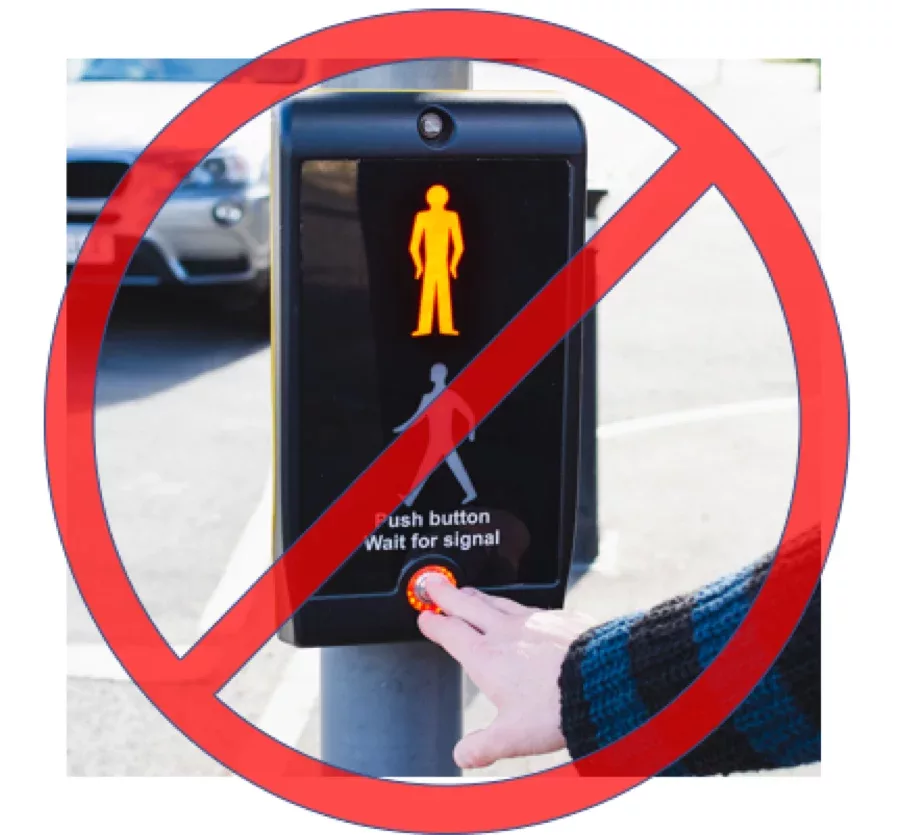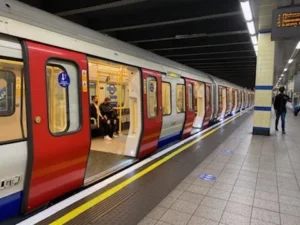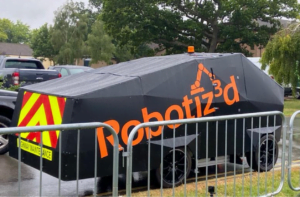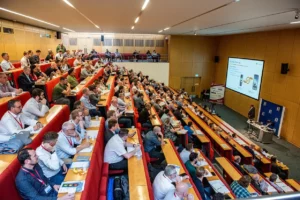By Mark Pleydell, ARTSM
The Covid-19 pandemic has led to the emergence of a raft of technology solutions that avoid the need for pedestrians to press the button at pedestrian crossings.
While these may go some way towards reducing the number of surfaces and infection opportunities a pedestrian encounters during a journey, they introduce a much larger range of issues that need to be addressed. This note looks at these solutions in the round, and explores their compatibility with existing traffic control systems.
When the Covid-19 epidemic is history what role will these devices play? The obvious benefit is to the mobility impaired or other disabled users.
Were I in this category, one of the first things I would want of services intended to improve accessibility for me, would be uniformity of experience and use whether I am in Aberdeen, Portrush, Swansea or Plymouth. For devices activated by gesture, the same gesture in the same direction at the same point on every push button unit would be a good start. For wirelessly linked units, one standardised app that works everywhere would also be good, the same way my bank card can get me money from everyone’s cash point.
Beyond these user-interaction points, the engineers should be asking how these devices draw power, where from and what effect that might have on lamp monitoring; what failure effects look like and how they impact on the signal controller and efficient and safe operation of the crossing; and many related questions.
Traffic engineers should ask how wireless solutions work at dual crossings or pedestrian facilities at junctions? A user request that puts a demand into every crossing within range is not a good outcome.
TOPAS is compiling and will shortly circulate a draft specification for consultation on non-contact alternatives to buttons to try and prevent an epidemic of diverse and random solutions of varying merit being deployed in an uncontrolled manner by users whose immediate enthusiasm may lead to their and the public’s longer term distress.
Experience with LED traffic signal lamp monitoring, controller configuration commands and speed warning signs are all cautionary tales in respect of over-enthusiastic adoption of novel solutions. We, the UK’s traffic control community, need to consider the likely longer term outcome, ensuring that products meet some basis levels of functionality and don’t cause more problems than they address.
And as a corollary, the traffic engineers among you may want to consider the merits of altering kerb-side detection from a call-cancel facility to a demand input facility. While this may not work everywhere, a relatively simple piece of special conditioning can filter out, or at least minimize, demands from passing pedestrians.
And reverting to the Covid-19 theme, in March we were encouraged to bump elbows as a substitute for shaking hands – elbows might also activate buttons.
Well thought through innovation is always welcome, but it does have to be well thought through by manufacturers and by users.
Mark Pleydell is an Executive Committee Member of the Association for Road Traffic Safety
(Picture – Yay Images)



























